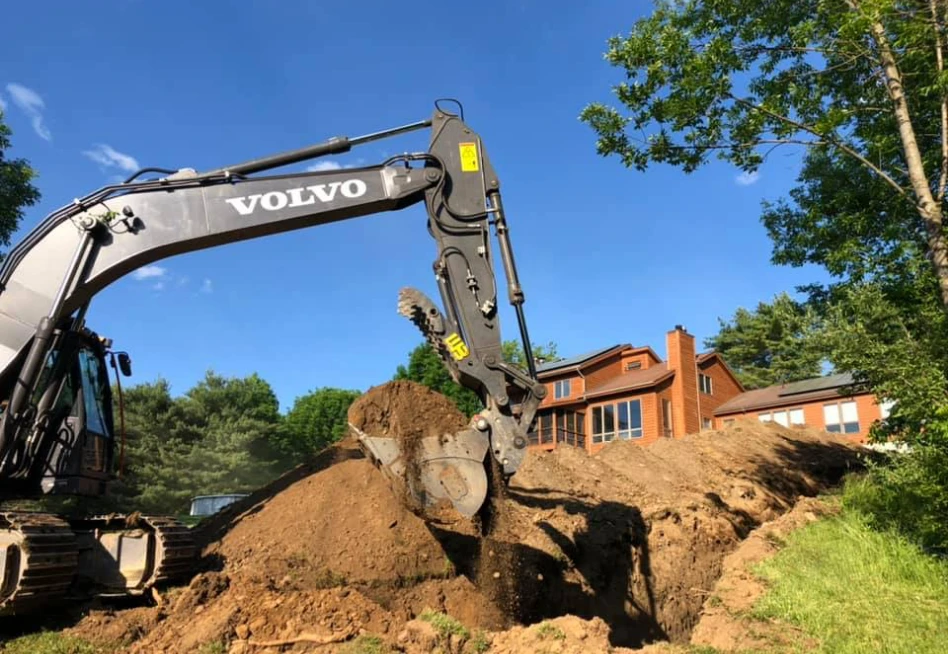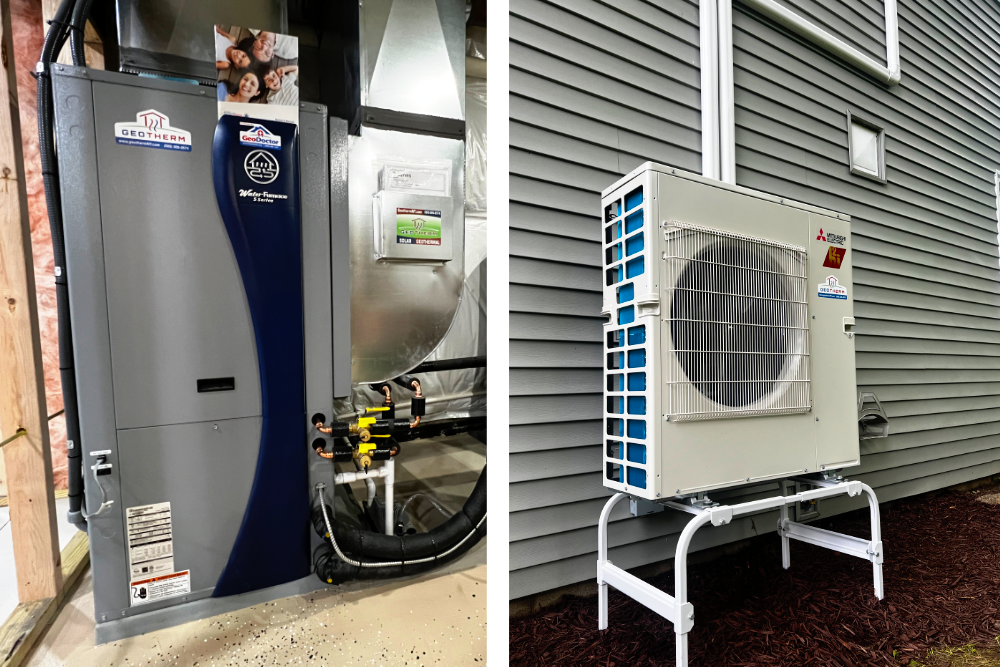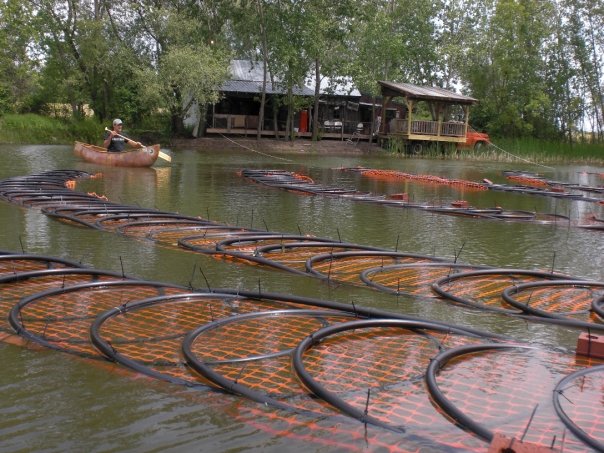The most invasive part of a geothermal installation is the digging and drilling of the ground loops. It is also one of the most important parts of the installation because this is your heat source. If it is not done properly your loops could be undersized, or not function correctly which will ultimately affect your heat pump and your home comfort. Every ground loop should be customized for each home, and should come with a lifetime no leaks guarantee.
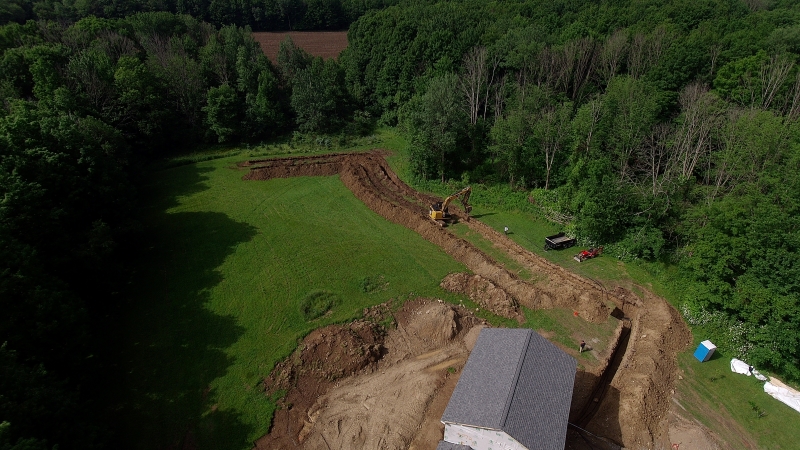
Heat Loss Analysis
Prior to the design of the ground loop a full heat loss analysis should be done to make sure that the loops are sized properly. This takes information gathered from a site visit with a renewable energy professional, and considers your home’s size, shape, insulation and the desired heat pump for your home.
Soil Conditions
Soil conditions are also factored into the design of the ground loop. For example, sandy soil retains less water. Water is good for geothermal because it retains more heat. Many customers might think a “swampy” area is not a good spot for a ground loop. This is actually the best place to dig, because the ground has more thermal mass because of the water. The minimum depth of a horizontal ground loop should be 6 feet, but 8 feet is more ideal. At 8 feet of depth, nothing will affect the loops and you can do anything on top of them (i.e. build a barn, plant trees etc.). If this depth cannot be reached due to the presence of bedrock, vertical bores will need to be used.
Length of the Loops
Again, this is all dependent upon the system selected for your house, soil conditions and the heat loss analysis of your home. In New York State an average exiting water temperature of 31°F needs to be attained in order to claim the state rebate. This assures that the system is performing properly and that you are comfortable even on the coldest of days. Under sizing a ground loop can make the system work harder – causing more wear and tear on the components, or trigger error warnings within the heat pump. Ultimately, this will reduce the life of your heat pump.
So Exactly How Much Area is Needed?
Since the ground loop is customized for each home, there is not a simple answer. Here are some general numbers for a 5-ton, forced air, variable speed unit. For a horizontal loop, two 300-foot trenches, 8 feet deep and 3.5 foot wide can be used. Each trench will have three loops inside for a total of 3,600 linear feet of piping in the ground. This is not a cut and dry design. Loops can be done in shorter trenches, and do not need to be in straight lines. They can be fit to your properties landscape. If using a vertical ground loop, a 500 foot bore with 1,000 feet of piping should be plenty. If you cannot go to a depth of 500 foot, the design is more customized with several shorter wells.
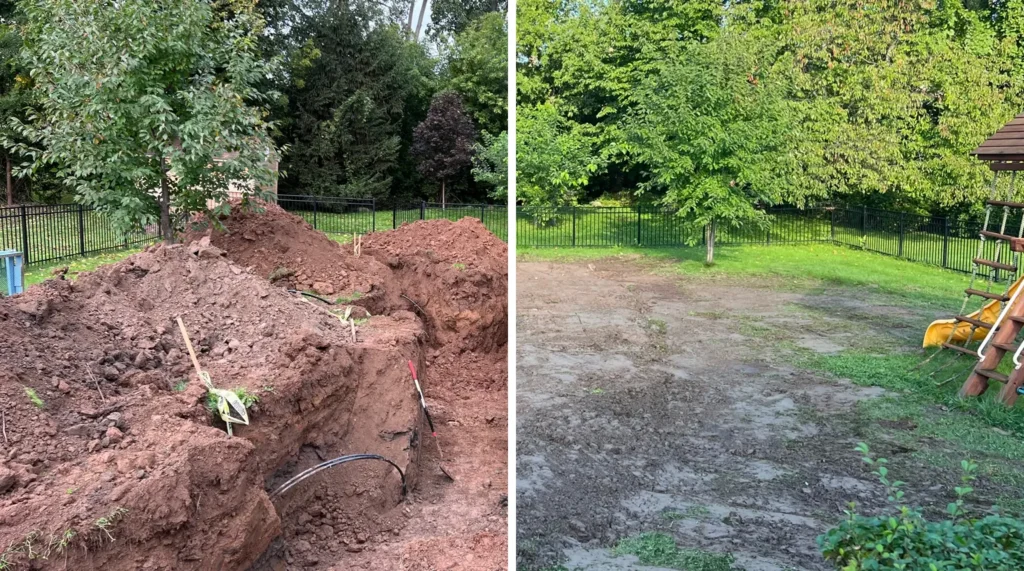
Condition After the Dig
Most people choose to have rough grade finish on top of their loops. A lot of soil is being moved for these installations – approximately 8,400 Ft.3. The soil is set to the side while installing the loops and then back filled. When the trenches are back filled, they are left slightly mounded, because no matter how well you pack it down, there is always going to be additional settling. A good rule is to let the area settle for 1 year before any landscaping is done. Once it has settled and grass has been planted you will never know the loops are there.
